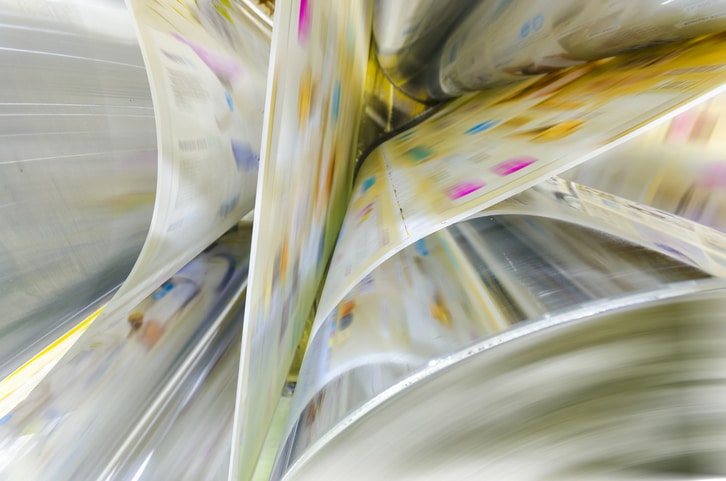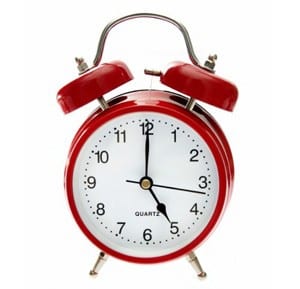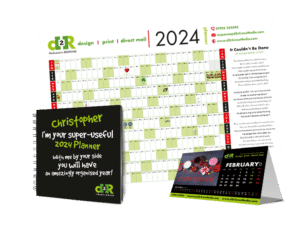We get asked a lot about what is the best paper to use for printing and our answer is always “it depends”. This is because so much depends on the what you are printing onto the paper as well as the desired outcome you want to achieve.
This article will arm you with some knowledge so that you can have an informed conversation with your printer and choose the best paper that meets your requirements.

The Features Of Paper
There are three essential features of paper which determine the type of paper you end up with and these are the paper weight, finish and reflective qualities.
Weight corresponds to how thick and stiff the paper is and is measured in gsm which stands for grams per square metre. The higher the gsm the heavier the paper will be. For example, letterheads are usually printed on 100gsm to 120gsm paper while business cards are printed on 350gsm to 450gsm.
Finish describes whether the paper is coated or uncoated. Uncoated papers produce a “flatter” and duller look to the print while coated papers are suitable for colours that need to be produced in a more vibrant look. Typically, forms that need to be written on are printed on uncoated paper and marketing leaflets are printed on coated papers.
Reflective qualities of paper refer to coated papers which are then sub-divided into matt/silk or gloss. Matt/silk papers have a smoother finish than uncoated paper but are not as shiny as gloss. So, brochures that need to be read are best printed on silk paper while posters with a lot of vibrant colour might be best on gloss.
How To Choose The Right Paper
To help you choose the right paper, think about the following questions:
- Do you want the paper to have a thicker feel to it? If so, you want to make sure that you choose upwards of 250gsm for the weight as that has more of a card feel to it.
- Do you want the paper to be written on? If so, then make sure you go for an uncoated paper as coated paper can be quite difficult to write on.
- Is there a lot of text that needs to be read? If so, avoid gloss stock as that gets very difficult to read under lights.
- Is the printed piece going to be part of a mailing? In this case, it may be better to go for a lower gsm if you want to keep below a certain threshold for posting tariffs.
- Do I want to mix paper types? So, for example, if you are printing a brochure you may want the cover on a thicker 350gsm silk paper while the inside pages could be printed on a 160gsm uncoated paper.
Paper Prices
At the time of writing (March 2022), paper prices were going up every month and sometimes certain non-brand paper can be just as effective as the more popular brands. So always ask your printer if they can supply the print on a similar non-branded paper. The result will most likely be the same and it may save you a bit of money.
Speciality Papers
You can also get speciality papers which are for specific applications. For example, paper that is hard to tear, backlit paper which allows light to shine through, transparent paper for window graphics and vinyl paper for stickers.
Conclusion
There are many different permutations for paper which can lead to thousands of different varieties. Hopefully, this article has armed you with enough knowledge to have a more detailed conversation with your printer so you can choose the best paper for your project.





